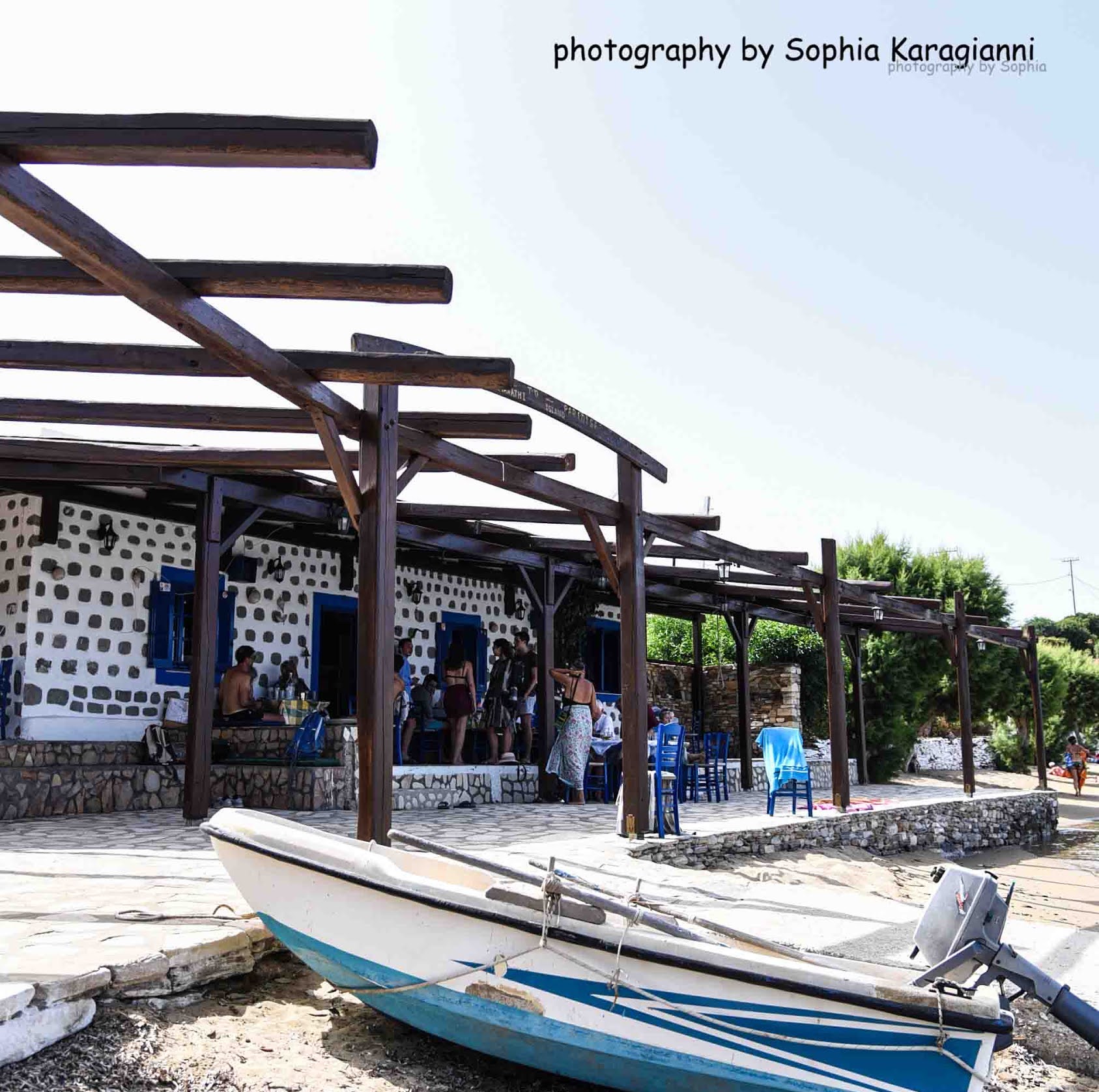Marathi (or Marathos) Arkoi
Marathi Island: A Serene Escape in the Aegean
The small Aegean gem known as Marathi beckons us to uncover its unique charm. Marathi, covering a modest 355 acres, is situated to the east of traditional Patmos, boasting a coastline of approximately 4 kilometers. Nestled within the Northern Dodecanese Archipelago, Marathi remains hidden amidst Lipsi, Arki, and Patmos. While its true name is Marathos, it’s simply referred to as Marathi.
This tranquil haven proves to be an ideal destination for those seeking the calm and relaxation of nature during their vacations. Its crystalline, emerald waters are perfect for leisurely swims, and its sandy shores and freshly constructed jetties provide an idyllic setting for sunbathing and unwinding. Secluded spots for reading, in harmony with the excellent local cuisine and abundant beverages, await those who venture here.

In this corner of the world, both locals and visitors exude a sense of contentment. A simplicity and serenity seem to halt the passage of time. The island’s charm is infectious, offering a permanent sense of joy to all who set foot upon its shores.
Marathi’s gastronomic experience is unparalleled. Local taverns proudly showcase the regional cuisine, utilizing products from small producers on neighboring islands. The taste of freshly caught fish is an undeniable delight, and the sea offers the finest seafood you can savor. Don’t miss the opportunity to try the local goat meat, a pleasant complement to the culinary offerings.
The island boasts a single beach, and there are no roads, stores, or automobiles to disrupt the tranquility of nature, except for the gentle tinkling of goat bells as they graze freely.

Despite the absence of traditional roads, there exists a solitary “avenue”: the Avenue of Agios Nikolaos. If you follow this “avenue,” you’ll initially encounter the “mastic trees” (bearing a striking resemblance to junipers) and proceed to a ridge (the crest between two elevations) where a stunning chapel dedicated to Agios Nikolaos stands.
Directly below the chapel of Agios Nikolaos, you’ll find a domed structure referred to by locals as the “Tholo,” though its precise original purpose remains unclear, aside from being used as a cistern for rainwater.

For more detailed information about Marathi, consider visiting the personal blog of Sophia Karagianni (https://photographybysophiakaragianni.blogspot.com/).
